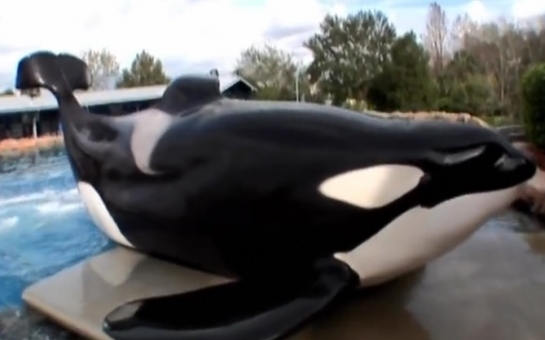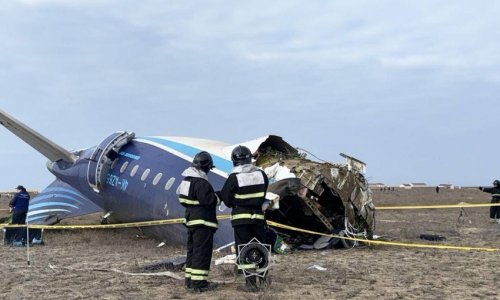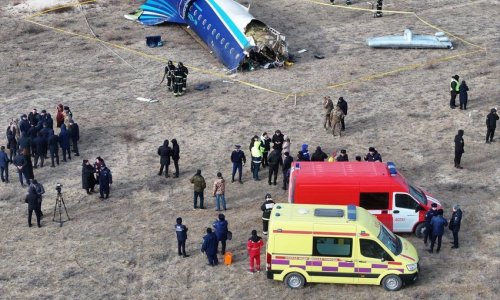"That one's got something in its mouth right there," said Jeff Foster, the marine mammal expert on board the boat. The dorsal fin of one of the whales sliced up out of the water, protruding more than four feet out of the water, like some kind of black windsurfing sail.These transient orcas, which may have traveled to the Pacific Northwest from as far away as Central America, appeared to be sharing a snack: an unlucky harbor seal."They'll feed on harbor seals, sea lions, other whales, on animals as large as blue whales," Foster explained.Foster has a lifetime of experience working closely with killer whales, one of the world's largest predators. His unique relationship with orcas is one that has evolved over the decades.By his own account, the Seattle native was only 15 years old when he first got involved with capturing killer whales in Puget Sound.In the 1960s, this port was the birthplace of the captive killer whale industry.For Foster, the son of a prominent wildlife veterinarian, getting the chance to work with the Seattle Marine Aquarium capturing and training killer whales was a dream come true."It was amazing to have these big, giant, powerful animals and you're manipulating these things around like they're almost a balloon," Foster recalled.'Things started changing'In the early days of the captive whale industry, Foster and his colleagues were celebrated for their achievements. In 1965, when his mentors captured the first killer whale, Namu, Foster says they were given the key to the city of the Seattle, and featured in National Geographic.Foster captured a couple dozen whales during almost two decades, beginning in 1972. He says during that time, the industry experienced tremendous turmoil.In a few short years, things started changing. People realized that these animals were highly intelligent and we started learning more about them in the wild," Foster recalls. "We learned that these whales stay in social groups for their entire lives."Activists began to question the manner in which whales were captured."When they saw how the captures took place, there was a lot of outcry," Foster says.In 1976, Washington state sued SeaWorld, then Foster's employer, for allegedly violating the terms of permits used for whale captures and won.Foster says that as part of the decision, "we agreed that we would no longer capture killer whales in Puget Sound, but we would instead get permits from outside the country."So Foster and his team packed up their operation, and headed to Iceland, where he worked as a contractor for SeaWorld and other companies and began capturing the large sea animals in the icy waters of the North Atlantic.The former killer whale hunter shared hours of home videos of the captures, some of which he filmed in the 1980s.In some cases, Foster can be heard narrating as fishing trawlers operating in the open ocean encircle a family of killer whales and isolate individual animals."Still got two [whales] in the net. Oh! We got four in the net!" Foster says in one video, filmed at night.When the fishermen then hoist a young whale out of the water using a crane and a net, the whale can immediately be heard emitting high-pitched squeals of panic.The distress calls continue hours later, after the whale has been transported to land and eventually lowered into a shallow pool.Bakudaily.Az
Rare video shows killer whale capture
World
20:00 | 18.11.2014

Rare video shows killer whale capture
After sprinting for more than an hour up the Puget Sound, a group of migrant killer whales suddenly slowed and began circling so close to our boat, that we could hear bursts of air as they exhaled through their blowholes.
Follow us !










